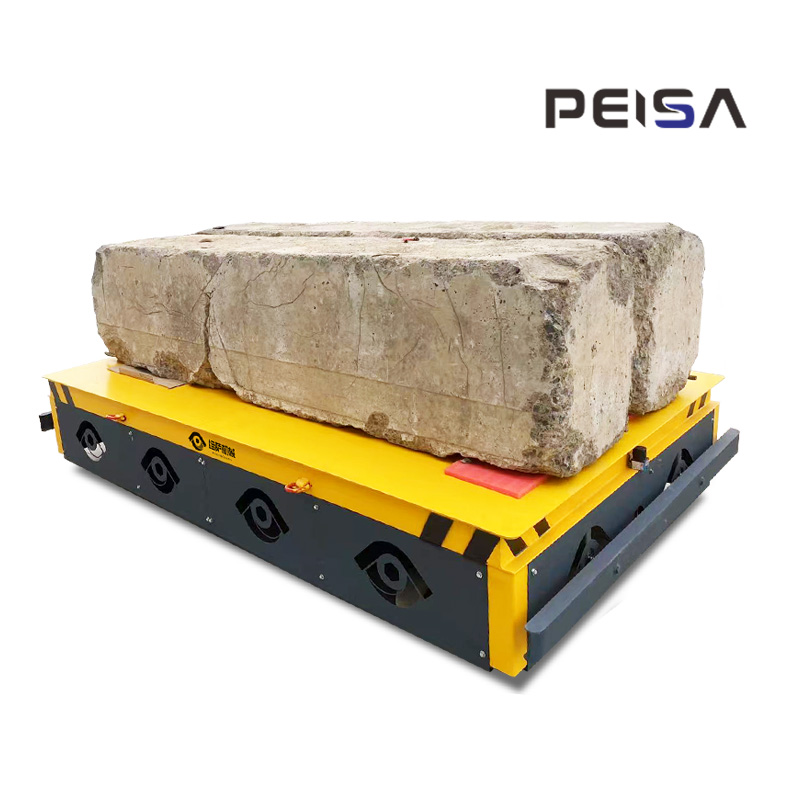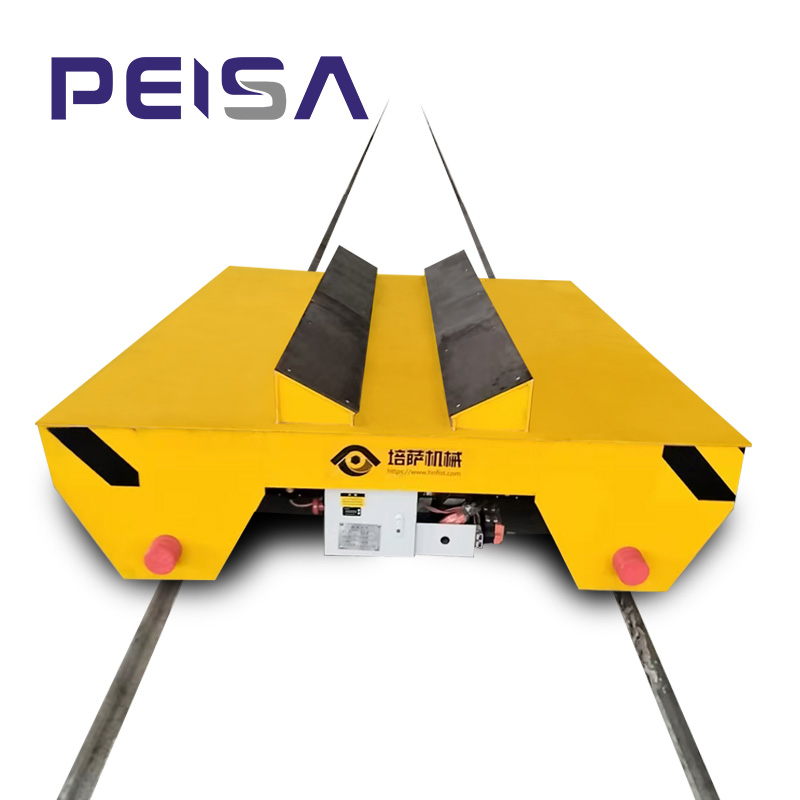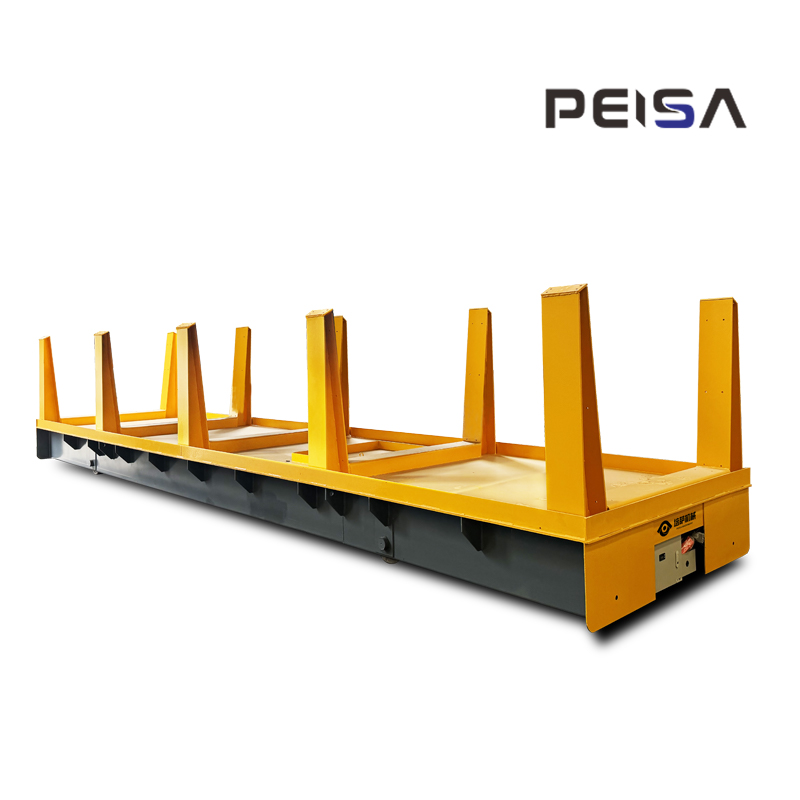Low Voltage Powered Rail Transfer Cart Transformer Issues
- 2025-01-09
- View 30
Low Voltage Powered Rail Transfer Cart Transformer Issues
As industrial automation advances rapidly, low voltage powered rail transfer carts are widely used in material handling processes in factories, warehouses, and workshops. The proper selection and use of transformers are crucial to ensuring the smooth operation of these rail transfer carts.

1. The Core Role of Transformers
Low voltage powered rail transfer carts travel along specific tracks and are responsible for transporting heavy loads. Due to their operating characteristics and track layouts, these carts have very high requirements for power supply stability. The transformer acts as the energy source for the rail transfer cart. It accurately converts the factory’s voltage into a low voltage suitable for the transfer cart and delivers the appropriate power to key components such as the vehicle motor. The transformer prevents equipment damage due to excessive voltage and ensures the vehicle does not suffer from insufficient power, which could obstruct its movement. This ensures that material handling is efficient and organized.
2. Scientifically Plan the Number of Transformers
(I) The Impact of Voltage Drop
When current is transmitted along the track, it encounters resistance, and according to Ohm’s Law (U = IR), a voltage drop is inevitable. As the distance along the track increases, this issue becomes more significant. In areas far from the power source, the voltage will be notably lower than the rated value. When the transfer cart moves through these areas, the power supply may be insufficient, leading to issues such as sudden speed drops and difficulty in climbing, which can severely disrupt the operation and reduce transportation efficiency.
(II) Advantages of a 50-meter Transformer Configuration
Based on extensive practical testing, it has been found that the most reasonable configuration in industrial environments is to install a transformer every 50 meters. For example, on a 100-meter route, two transformers can be used to create a relatively balanced voltage distribution along the track. Near the first transformer, the voltage remains close to the rated value, providing a stable and reliable power supply. After the cart travels 50 meters, although there is some voltage drop, it remains within the equipment's normal operating range. As the cart approaches the second transformer, the voltage is replenished, ensuring a stable power supply throughout the entire process. This setup effectively prevents failures caused by voltage issues, ensuring continuous production.



